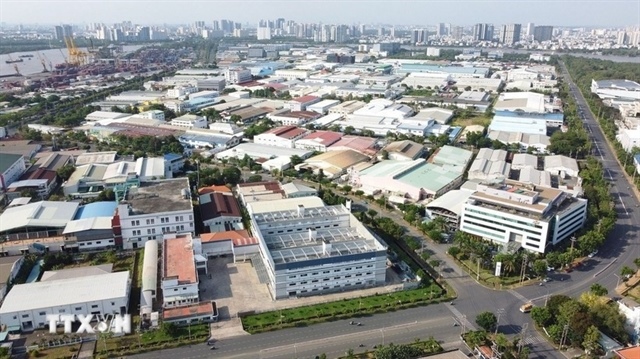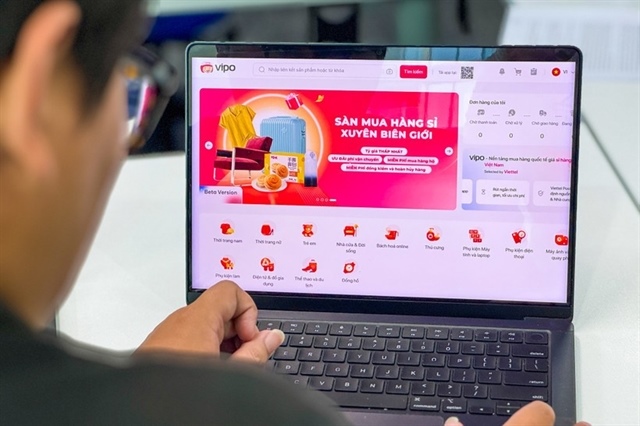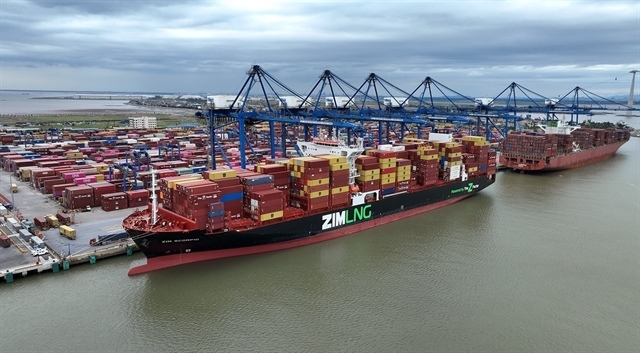US’ QE3 to increase the pressure on Vietnam’s inflation
US’ QE3 to increase the pressure on Vietnam’s inflation
The third round quantitative easing (QE3) just launched by the US FED is believed to create a harder pressure on Vietnam’s inflation.

Stimulus packages give a kick-start to economies
The main purpose of QE3 is to pump more cash into the national economy in an effort to prevent the market slide, stimulate the economic growth and reduce the unemployment. Putting more money into circulation spells the currency devaluation, which would lead to the inflation increases.
In the economies which have the high ratios of consumption on GDP, high inflation rate is a big threat to consumers. However, since the inflation rate in the US was low recently, within the safety line, the task of curbing inflation has been put aside temporarily to focus on the more important goal – stimulate the economic growth.
It is obvious that QE3 and other stimulus packages applied by other big economies have been and would help big impacts on the world’s economy in many fields.
Dow Jones Index has climbed to nearly 13,600 points, the highest since December 2007, while Standard & Poor’s 500 has exceeded the 1460 point threshold, and Nasdaq Composite exceeded 3180 points.
The stock indexes in many other markets have also increased, reaching the highest peaks in the last many months and years. Since the stock index is considered the “thermometer of the economy,” the stock index increase shows the sign of the economic recovery and unemployment rate reduction.
The crude oil price has climbed to the 4-month high because of the stimulus packages, plus the tense in the Middle East. The gold price has increased sharply, now staying at over 1770 dollars per ounce, while experts believe it would surpass the 1800 dollars per ounce threshold soon.
Other important products such as iron, steel, copper, cotton and wheat have also increased in prices.
What QE3 to bring to Vietnam’s economy
After joining the World Trade Organization WTO, Vietnam’s economy now has relatively high openness to the world’s economy. In 2011, the ratio of export on GDP was 80.8 percent, the ratio of import on GDP was 89 percent; which meant the import-export ratio on GDP was 169.9 percent, putting Vietnam in the fifth ranking in the world in terms of the economy’s openness.
The proportion of foreign direct investment in the total society’s investment capital has increased from 15.7 percent in 2001-2005 to 25.3 percent in 2006-2010.
With such a high openness, Vietnam would inevitably be influenced by the happenings in the world.
The gold market has warmed up since mid August, when the world price began a new price hike wave. The domestic gold price soared from 42-43 million dong per tael to 47.5 million dong before decreasing slightly to 47 million dong per tael now.
The noteworthy thing is that after the QE3 news was spread out, the domestic gold price has exceeded the 47 million dong per tael threshold, following the world’s price increase to 1772.7 dollars per ounce. The domestic price is now 2 million dong per tael higher than the world’s price.
In such conditions, the State Bank of Vietnam does not take the “rescue measures”, and does not intend to import gold – the thing it regularly did when it strived to cool the domestic market down.
However, the central bank has decided to use 350,000 taels of gold, or 13 tons of gold, to intervene the market. This has helped narrow the gap between the domestic and the foreign prices. However, the domestic price remains high, since people fear about the returning of the high inflation.
The consumer price index (CPI) has increased again after some months of decreasing, which is believed to increase more sharply from September due to many reasons, including the loosened monetary policy and interest rate reduction.
vietnamnet























